Antimatter 2016
Media Installations
October 14 to 29, 2016
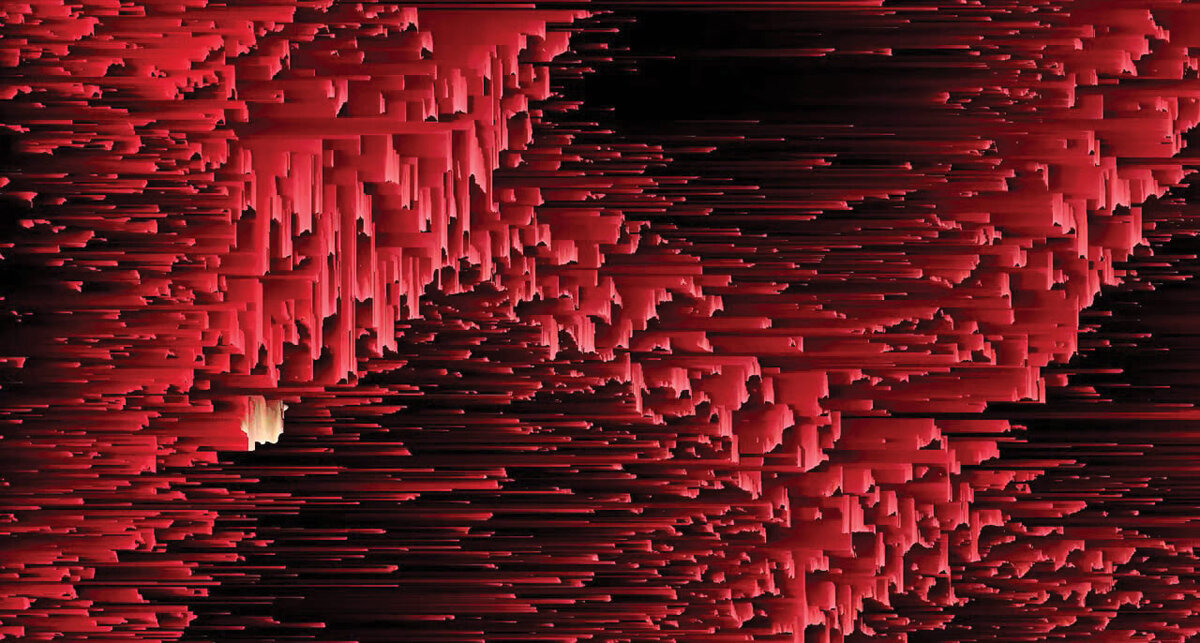
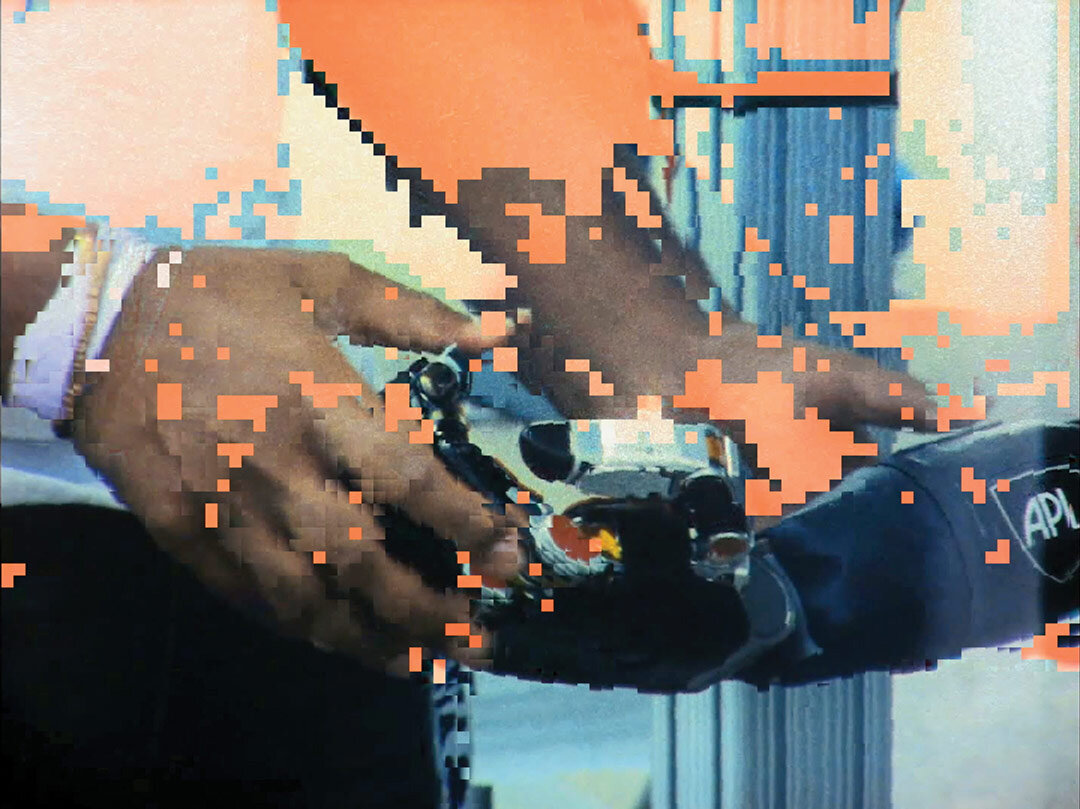

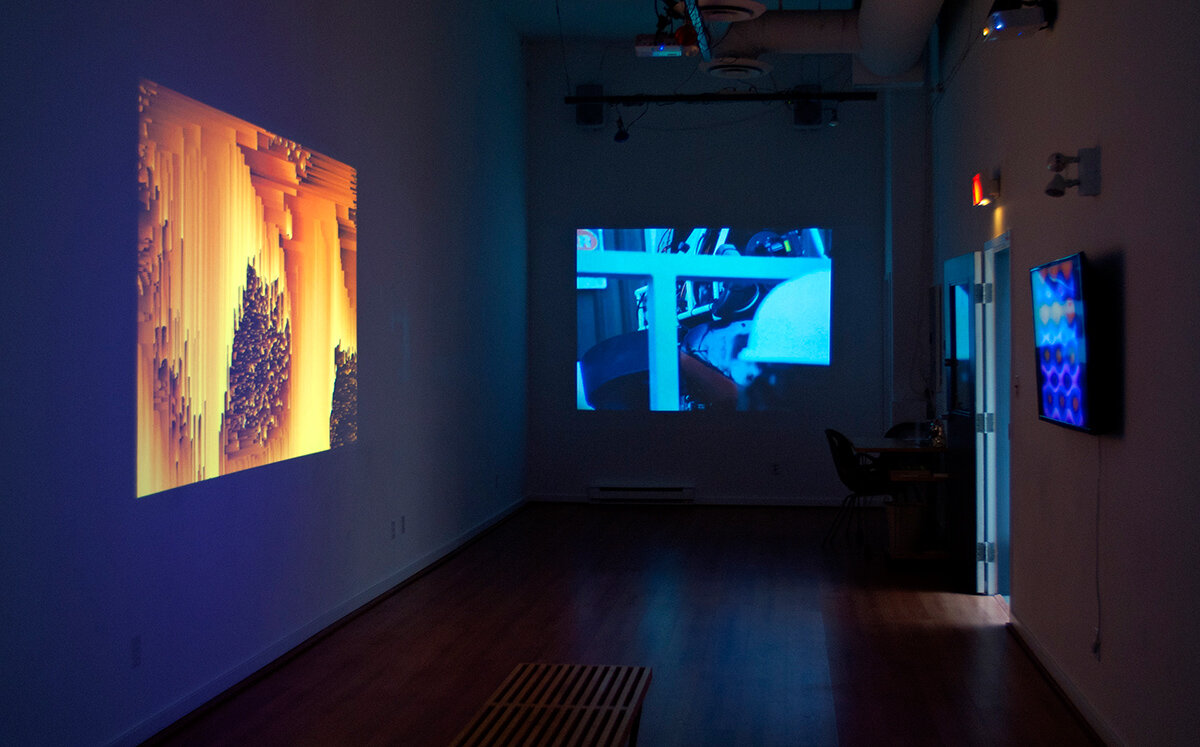
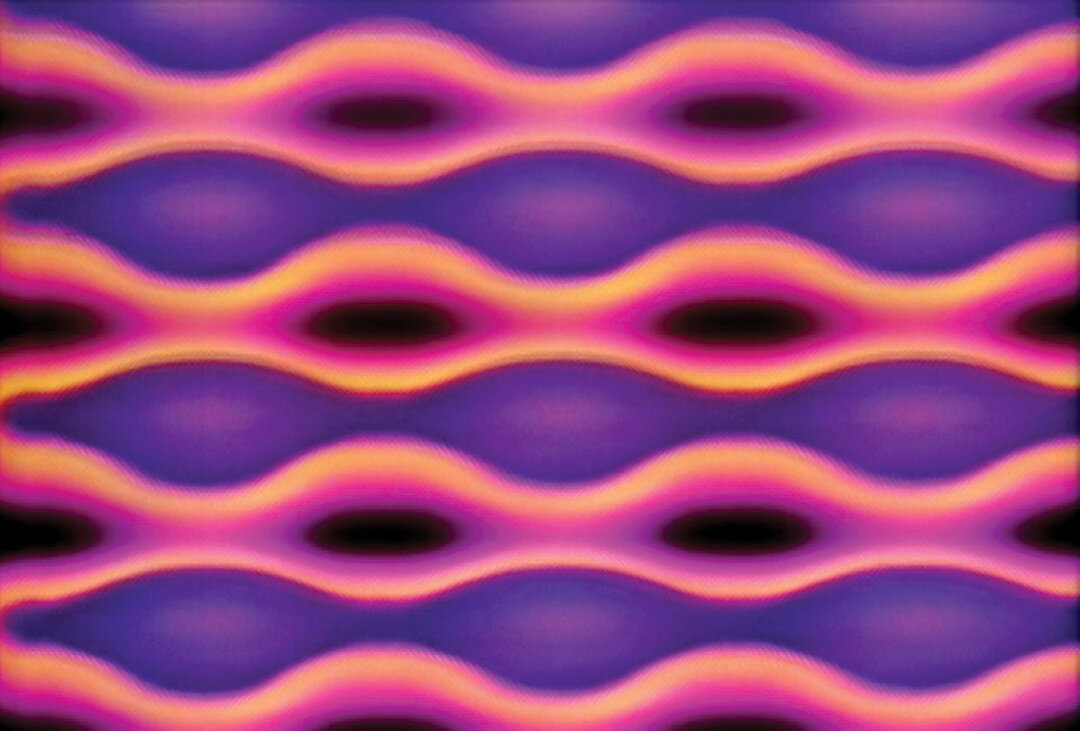
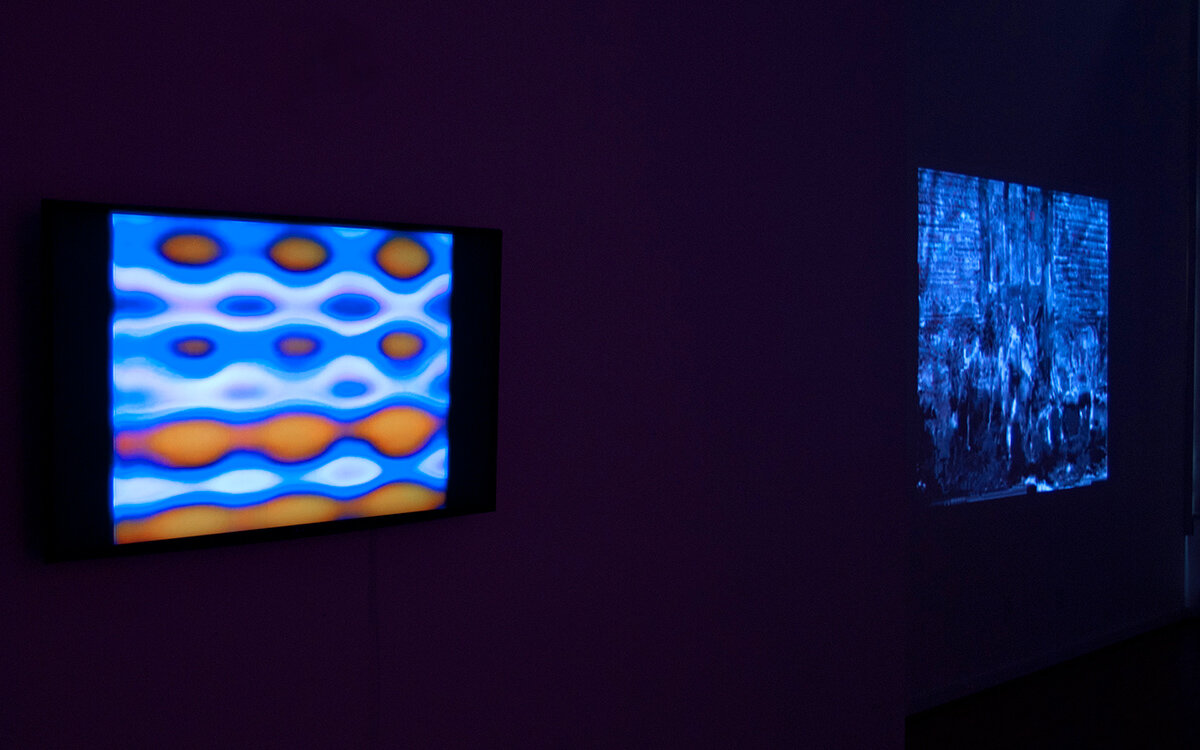
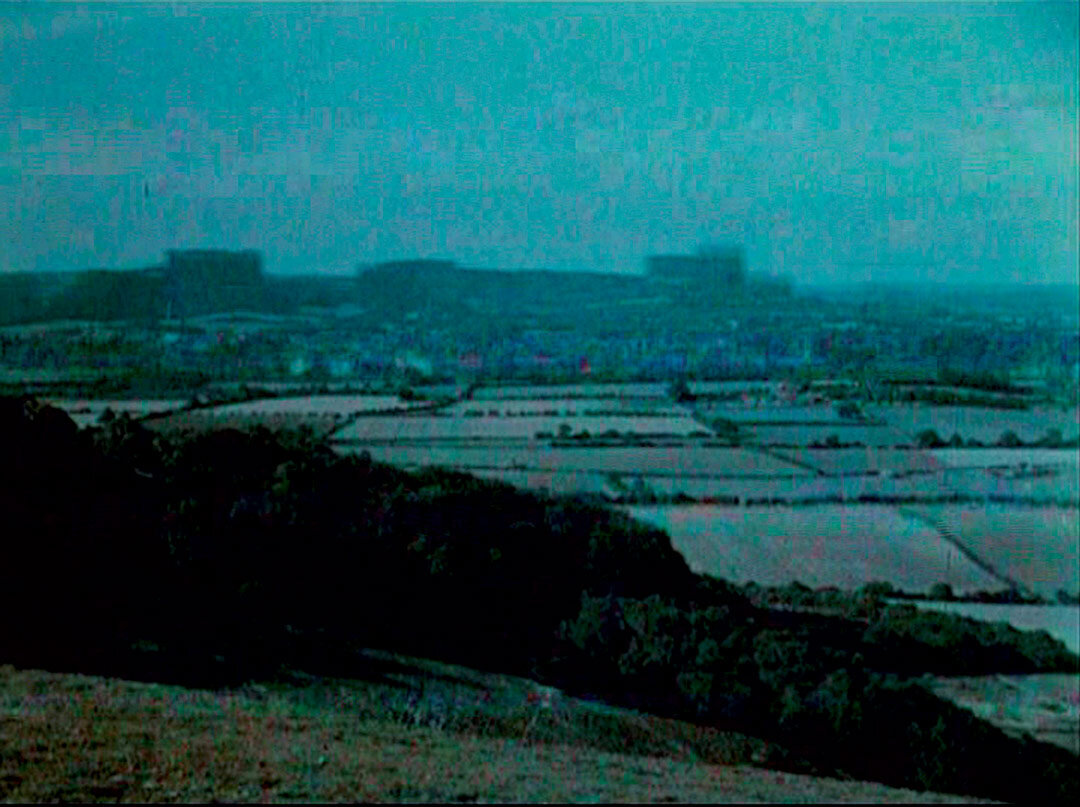
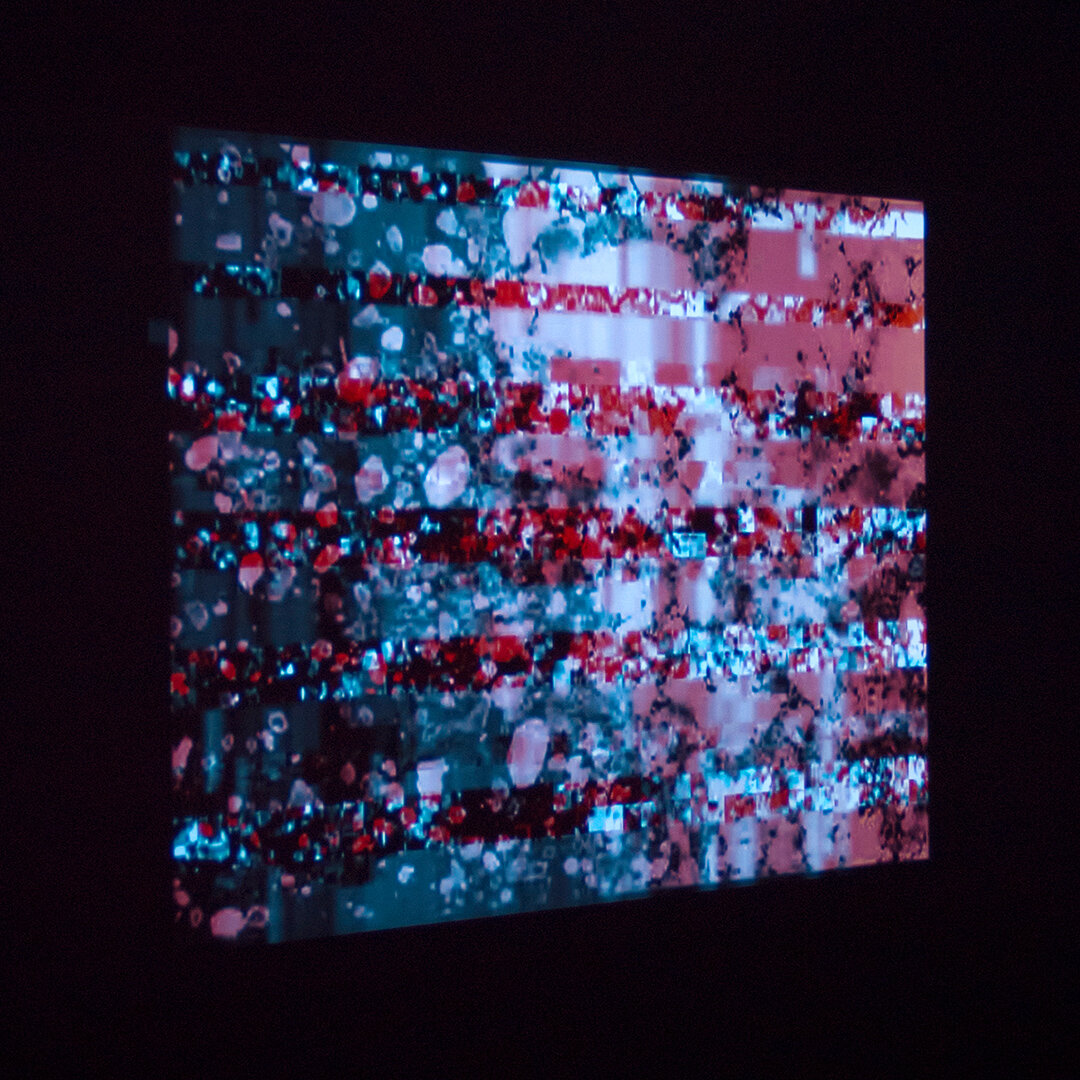

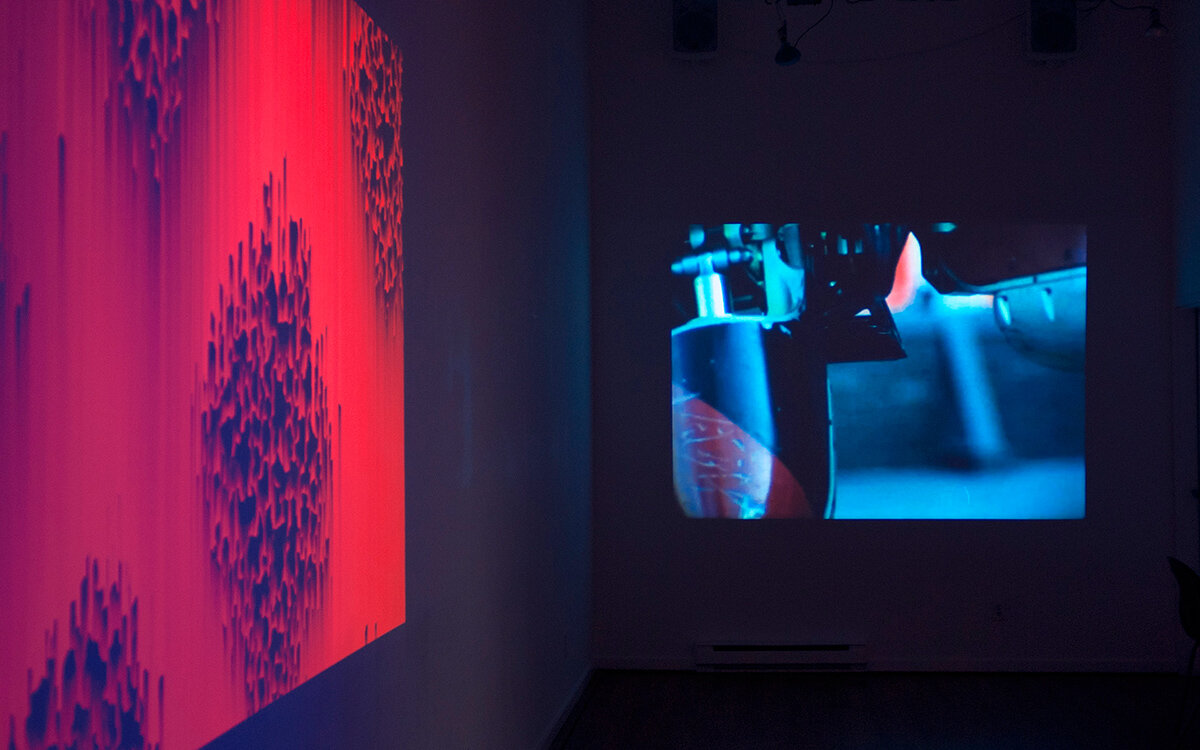
in the main Deluge gallery
kernel panic
Lauren Cook | Karissa Hahn & Andrew Kim | Greg Marshall | Eric Parren | Lydia Nsiah
When the man/machine interface becomes the continuum where art is made how do we gauge success or failure? How do we (re)engage with the new poetics of representation? The five artists whose works comprise this exhibition are part of the vanguard harnessing concepts of analog to digital conversion/corruption, datamoshing, glitch and the visual representation of pure data to create a new consideration of the machine aesthetic in the digital age. Experimenting with various streams of information as the progenitor of visuals, these films and videos mine and corrupt data, embracing its possible and tangible failure, oscillations, distortions and points of compression to create fleeting figuration, inverted landscapes and narrative retellings of historical pasts. In kernel panic, the inherent weaknesses of “intelligent design” are hacked to resurrect digital information as a universal language of contemporary and future creation.
Trans/Figure/Ground | Lauren Cook | 2016 | 6 min
Painted 16mm film undergoes a monstrous transformation becoming neither analog nor digital. A film about uncanny valleys and the spaces in between.
Lauren Cook is an associate professor of filmmaking and game design at the University of Hartford. Her films have screened at festivals, museums and alleys internationally including Dallas Museum of Contemporary Art, Toronto Images Festival, the Vilm Alley at Parson’s Hall Project Space, Cucalorus, Athens International Film Festival and the emerging filmmakers showcase at the Cannes Film Festival.
(I)FRAME | Karissa Hahn & Andrew Kim | 2016 | 11 min
A video is a stream of information, and this moving image relies upon the relationship of static frames which are algorithmically determined. In the language of video compression, the (I) frames are the reference points between which movement is interpolated. Manual deletion or misplacement of (I) frames results in a video glitch known as a datamosh…the stream of nformation d srupted, d sorgan zed…nterupeted…lost…the ( ) frame removed, rejected…BUT, reclaimed, the (I) frame, the burning bolts of the machine, are at once reasserted in this dance macabre...
(I)FRAME is a mechanical ballet set to the original tempo that characterizes motion on screen at 24 (I) frames a second. Shot at the 2015 DARPA Robotics Challenge in Pomona, CA.
Karissa Hahn and Andrew Kim are visual artists based out of Los Angeles. Their work deals with the material properties of celluloid and investigates the hybridization of media. Their films and videos have been presented at various international and underground festivals.
Drone | Greg Marshall | 2016 | 2 min
This video presents data visualization from nine collected news stories on military drone attacks drawn from a much larger archive. Each of the news stories is transformed from words and coded into hexadecimal colour grids which are then reformatted and extruded into three dimensional space.
Greg Marshall is an interdisciplinary media artist working in art video, animation, documentary, installation, object and image making. His work often examines the structures and effects of war, as his first documentary focused on personal histories related to Canada’s involvement in the cold war through the NORAD agreement.
Drifting | Eric Parren | 2015 | 14 min
The synthesis of analog video and analog audio is based on oscillations. Audio uses oscillators at a lower frequency than video, but in general creating the signal for analog audio and video is based on the same principals. Drifting is a study of these oscillations and was created using vintage video synthesis equipment coupled with contemporary audio synthesis modules.
In the mid 70s engineer Bill Hearn built the Hearn Videolab after a conversation with video art pioneers Bill Etra and Steve Rutt. The design of the Videolab was based on Don Buchla’s architecture for modular audio synthesizers which he pioneered a decade earlier. The Videolab is a modular voltage controlled video synthesis system that can be used to process and produce a wide range of video. For Drifting the focus was on the synthesis capabilities of the system by combining multiple oscillators to create patterns. These patterns were routed through other video processing modules, such as the Jones Colorizer.
By simultaneously routing the video signal into and out of a contemporary Eurorack modular audio synthesizer, feedback and modulation patterns emerged that introduced unpredictability into the signal flow. The unstable nature of the analog system—producing its inherent drifting—became a defining characteristic of the audiovisual instrument. The film was recorded as an in-studio live performance at the Signal Culture artist in residency.
Eric Parren (NL/USA) is an interdisciplinary artist operating out of Los Angeles. He studied at the Interfaculty ArtScience of the Royal Academy of Art as well as the Royal Conservatory in The Hague and received his MFA of the University of California Los Angeles in 2012. Parren’s output is situated at the intersection of art, science and technology, investigating the human connection to the ideas and technologies that shape our future, such as artificial intelligence, synthetic biology and space exploration. Parren is a member of the art collective Macular and hosts the experimental music show La Force Sauvage on KChung Radio. He has been exhibited at galleries and festivals throughout Europe, North America and Asia.
distortion | Lydia Nsiah | 2016 | 5 min
distortion uses the aesthetic potential of digital encoding techniques on the basis of found avant-gardistic and ephemeral film footage. Since these films are copy-protected, their digital reproductions are encoded. By copying the moving images they become transformed into distorted forms and patterns, which are condensed by Nsiah’s rhythmic montage and distilled by Billy Roisz’ soundtrack.
Lydia Nsiah has pursued Fine Arts, Film and Media Studies in Vienna, Berlin, Montreal and Amsterdam. An artist and researcher, she is currently a PhD candidate at the Academy of Fine Arts in Vienna, where her focus is fringe phenomena in film, photography and installation.
in the Deluge transom window
Cleopatra Burst
Dina Yanni | 2016 | 5 min
Cleopatra Burst appropriates 11 Cleopatra movies and compresses each film to 24 seconds. By progressively organizing the films based on their original frame count, the speed seems to accelerate and the movement becomes increasingly rapid as more and more images are omitted. While the Cleopatras alternate in disparate historical experiences of time, space and identity, their relation becomes apparently linked through imagery that either produces or challenges knowledge about the “Orient.” Embedded in comedy, epic historical Technicolor movies, blaxploitation, sexploitation and anime, we see the Cleopatra icon as well as the environment associated with it bouncing to and fro between stereotype, fetishization, and counter-narrative. Audio mixed from LFO’s “Freak” links the visual overstimulation to a performance of “otherness” and its conflicts over ownership, appropriation and reinvention. Inspired by Chris Bors’ 24 Second Psycho.
Dina Yanni is a researcher and video artist whose work is heavily influenced by celluloid film, critical theory and an obsession with the Cleopatra figure in popular culture. She creates video work using appropriated footage and experimental editing to reveal, reevaluate and reframe power structures discovered in the original materials. Yanni holds a PhD in Political Science and an MA in Film Production and currently works out of Vienna and Amsterdam.
at Ministry of Casual Living Window Gallery
to know a thing
Daniel Laskarin | 1990–2016
I had this steel block on my work table. I spent about a month writing about it—not constantly, but most days I’d do some work on it. Finally, I distilled the writing down to a text that took about an hour to read aloud. Recorded this. Set up the block and the sound recording.
My interest is in the ways that we know this thing: linguistically, verbally, wrapping it in language and something like a rational conscious description, or by contrast, immediately, sensorily, perceptually. In the latter there are no words, in the former there are only words. It’s a sort of Kantian split between noumenon and phenomenon.
After a career as a helicopter pilot/engineer, Daniel Laskarin turned to the visual arts as a field of equal, if dissimilar, danger. His practice is object based, materially and philosophically rooted; much of his work investigates the ways in which art may give sensory experience to consciousness, creating a bridge between substance and ineffability. Understanding that the “expanded field” is blown utterly apart, his work makes things that stay together, that find their own order in a condition of disorder, and that at the same time refuse that which orders everything. His diverse media incorporates photography and video, optics, robotics systems, installation and sound. He has been involved with set design, public image projections and large-scale public commissions in Vancouver and Seattle. He has exhibited in Canada and internationally, and teaches at the Department of Visual Arts at the University of Victoria.
at Legacy Art Gallery
117711
Rui Hu | 2014 | 10 min
In this two-channel video work, I used Google street view to capture images of 117 7-Eleven stores around the world and two different playback speeds to display them. On the left, the one-image-per-frame speed creates a flickering animation with an almost static 7-Eleven logo and unrecognizable surroundings. On the right, individual frames are displayed in a slideshow mode, and the focus shifts to the sometimes strange or eerie scene that the digital device captured. The 7-Eleven chain, open 24/7, was a childhood memory of excitement and safety, and an example of a dual identity of the global and the local.
Rui Hu is an artist currently based in Los Angeles, USA. Working with time-based media, image, object and text, he is interested in the syntheses of the virtual and the physical. His work has been screened and exhibited at venues including International Film Festival Rotterdam,, Netherlands; Australian Centre for the Moving Image, Melbourne, VIVO Media Arts, Vancouver, Flux Factory, Long Island City and the Raindance Film Festival in London, UK. He studied film at New York University and media arts at University of California, Los Angeles.
at the fifty fifty arts collective
The Principle of Original Horizontality
Brandon Poole | 2016
Hard knotless timber lies under the plaster and lath. Tar-covered and paper-wrapped cabling runs through the studs. A pair of neighbouring Art Moderne houses are simultaneously under renovation. The interiors have been gutted: the wiring, the plumbing, the “torch-on” and the tiling, have all been removed. The structures have been stripped-down to their bones and so, like the ship of Theseus, rebuilding becomes a question of identity. Rot is removed. Walls are replaced with beams. The buildings are opened up and seismically upgraded.
The Principle of Original Horizontality, a video and sculpture exhibition, examines the transitional phase of these two buildings: their shifting contexts and identities; their histories and poetics; their angles of repose.
Brandon Poole is a 4th year Visual Art Honours student at the University of Victoria. Having previously trained as a carpenter and electrician, as well as having studied photojournalism and philosophy, he works with sculpture, installation, and video to explore themes of power, memory and architecture. Poole was recently shortlisted for the Presentation House Gallery’s Philip B. Lind Emerging Artist Prize.
The Principle of Original Horizontality is a co-presentation with the fifty fifty arts collective.



